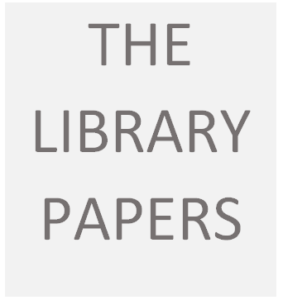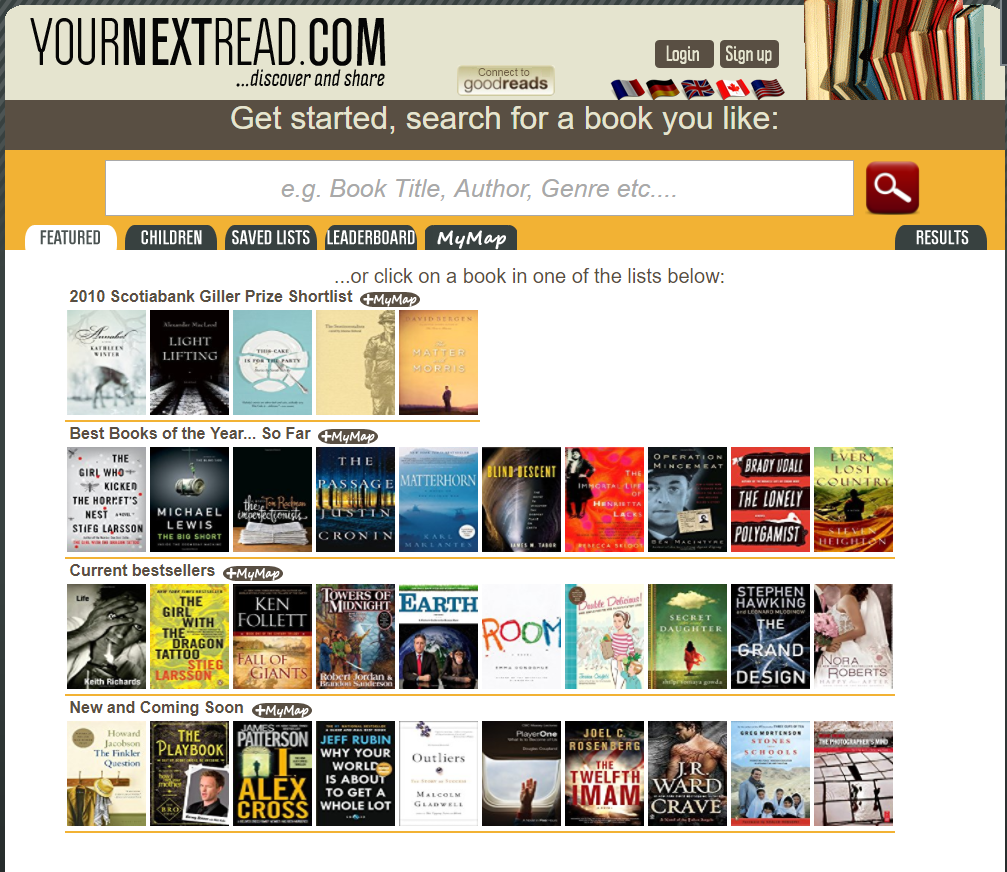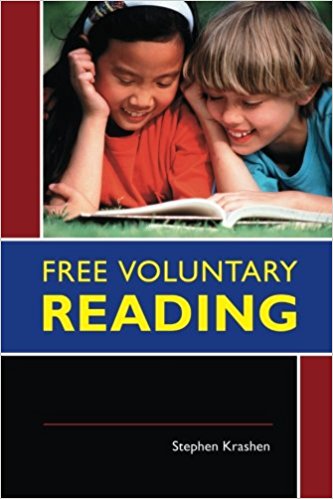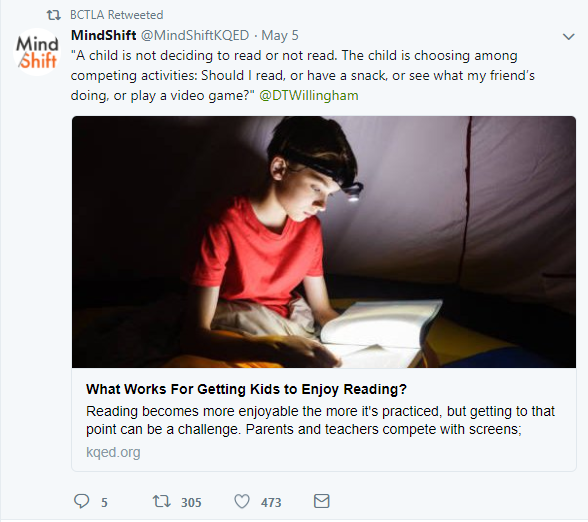DEAR Everyone
Blog Post 1: Creating a School-Wide Reading Culture
The ‘secrets’ of fostering a reading culture in a school are well-known:
-
provide access to lots of books
-
provide time to read
-
provide people who care if students read or not
Access to Books
Donalyn Miller, author of The Book Whisperer, has many suggestions for stimulating and sustaining reader interest. In this book, she suggests conducting an interest survey at the start of the year so teachers, librarians, and the students themselves learn what students are interested in, and then having students keep an ongoing reading log to chart their own development as readers.
She is also an advocate of book talks. As she says in the video below, one of the most powerful ways of raising interest is through heartfelt recommendations of other readers. This can be done by students, but teachers and librarians can serve as models and mentors through their discussion of their own reading. In this video, Miller gives tips on how to do it during regular library sessions.
Other Promotions
In order to have a school-wide reading culture, evidence of reading needs to spill out from classrooms and libraries into promotion displays around the school, in staffrooms, on the library website.
For example posters advertising books can be displayed in the halls, like these provided free of charge from the BCTF:
School and district websites are another venue for promoting books, which are available at all times to the wider community including parents, although both students and their parents will need guidance to finding the sites. This could be done by the librarian in the school newsletter, the library website, or a social media channel.
This link is posted on the Burnaby School District site, and shows not only reading suggestions, but has links to reviews on goodreads.com. (from http://blogs.sd41.bc.ca/fastforword/)
Time to Read
Stephen Krashen has been speaking eloquently and entertainingly about this topic for decades, and for the last decade or so, you can find many of his talks on YouTube. He is a steadfast supporter of libraries, of the essential role of fiction stories in the development of logic, sequence, and theory of mind in young readers, and especially of the promotion of free voluntary reading to produce free voluntary readers.
- More access to books means more reading.
- More reading means more literacy development
- More access means more literacy development
One way to do this is through a daily school-wide “Drop Everything And Read” session for all students, as well as regular Sustained Silent Reading and library sessions, as he discusses in the video below:
Adults Who Care
When we’re talking about leisure reading, it’s not enough that the child like reading, and that she have a positive attitude; if she’s to choose reading, it must be the most appealing activity available. (From Colby Sharp at mindshift, 2017. Excerpted from “The Reading Mind: A Cognitive Approach to Understanding How the Mind Reads” by Daniel T. Willingham. Cited on https://twitter.com/bctla)
The thing that makes activities most interesting to children is the attentive interest of an adult. One measure elementary librarians can adopt is to develop a reading program for supporting parents to read with their children, by modelling and making time and space available for the purpose.
Study after study shows that early reading with children helps them learn to speak, interact, bond with parents and read early themselves, and reading with kids who already know how to read helps them feel close to caretakers, understand the world around them and be empathetic citizens of the world. (Joyce, 2017)
Works Cited (Click here)
Works Cited
Burnaby School District. “Burnaby District Fast ForWord.” Alpha Library, blogs.sd41.bc.ca/fastforword/.
Burnaby School District. “Burnaby School District Literacy Blog.” Alpha Library, Burnaby School District Literacy Blog, 27 Apr. 2018, blogs.sd41.bc.ca/literacy/.
Chudy, Devika. “BC Teacher-Librarians’ Association.” BC Teacher-Librarians’ Association, bctla.ca/.
colbysharp. “The Book Whisperer Donalyn Miller Talks About Book Talks.” YouTube, YouTube, 24 Oct. 2017, www.youtube.com/watch?v=5aVS_Gmi1ls.
Joyce, Amy. “Perspective | Why It’s Important to Read Aloud with Your Kids, and How to Make It Count.” The Washington Post, WP Company, 16 Feb. 2017, www.washingtonpost.com/news/parenting/wp/2017/02/16/why-its-important-to-read-aloud-with-your-kids-and-how-to-make-it-count/
koreabridge. “Stephen Krashen – Trends in Sustained Silent Reading – KOTESOL International Conference 2011.” YouTube, YouTube, 7 Nov. 2011, www.youtube.com/watch?v=bJZEx3ibVDA.
Krashen, Stephen. Books and Articles by Stephen D Krashen, www.sdkrashen.com/.
Miller, Donalyn, and Jeff Anderson. The Book Whisperer: Awakening the Inner Reader in Every Child. Scholastic Inc., 2011.
NationalLibraryNZ. “Creating a Reading Culture – Windley School.” YouTube, YouTube, 27 Mar. 2013, www.youtube.com/watch?time_continue=192&v=H6iebmGud_w.
“A School-Wide Reading Culture | Understanding Reading Engagement | Reading Engagement | Services to Schools.” National Library of New Zealand Te Puna Mātauranga o Aotearoa, Evening Post, natlib.govt.nz/schools/reading-engagement/understanding-reading-engagement/a-school-wide-reading-culture.
“Six Steps to Create a Reading Culture in Your School.” Tes, www.tes.com/news/six-steps-create-reading-culture-your-school.
“What Works For Getting Kids to Enjoy Reading?” KQED|Mindshift, 31 July 2017, www.kqed.org/mindshift/48754/what-works-for-getting-kids-to-enjoy-reading.
Willingham, Daniel T. The Reading Mind a Cognitive Approach to Understanding How the Mind Reads. Jossey-Bass, a Wiley Brand, 2017.
YourNextRead: Book Recommendations (Canada), www.yournextread.com/ca/.









I like how you have organized your post around three “secrets” of fostering a reading culture. You have included a lot of ideas under each area and have considered different options including the use of technology. You have included quite a number of works cited. I am unclear on how some of the works cited connect back to the images used in your post. One suggestion for future posts is to include the attribution for the images closer to the images, such as underneath the images as a caption or as part of nearby text, such as, for example “provided free of charge from the BCTF (images from http://bctf.ca/100bestbooks/)”.
Hi Sandra,
I enjoyed your blog. I am really impressed with how you have organized it and made it so visually appealling. I started a blog for this course so I am only a few weeks in to the blogging journey and still learning a lot about the simple functions. Your blog has given me inspiration to work on my visual design aspect. As well, I really appreciated the all of the links. It led me on a journey to other media: twitter, videos, websites that all had valuable information about developing reading culture. I love that you organized your enitre post around “the secrets”. Thanks for the link to the Burnaby School site recommending books: “Your Next Read”. I can’t wait to use it.
Also – fantastic title! DEAR Everyone.
Hi Sandra,
I see you’re a pro at creating blogs for courses! I really enjoyed reading through this post. Thank you for all the ideas that I can use in my own library!